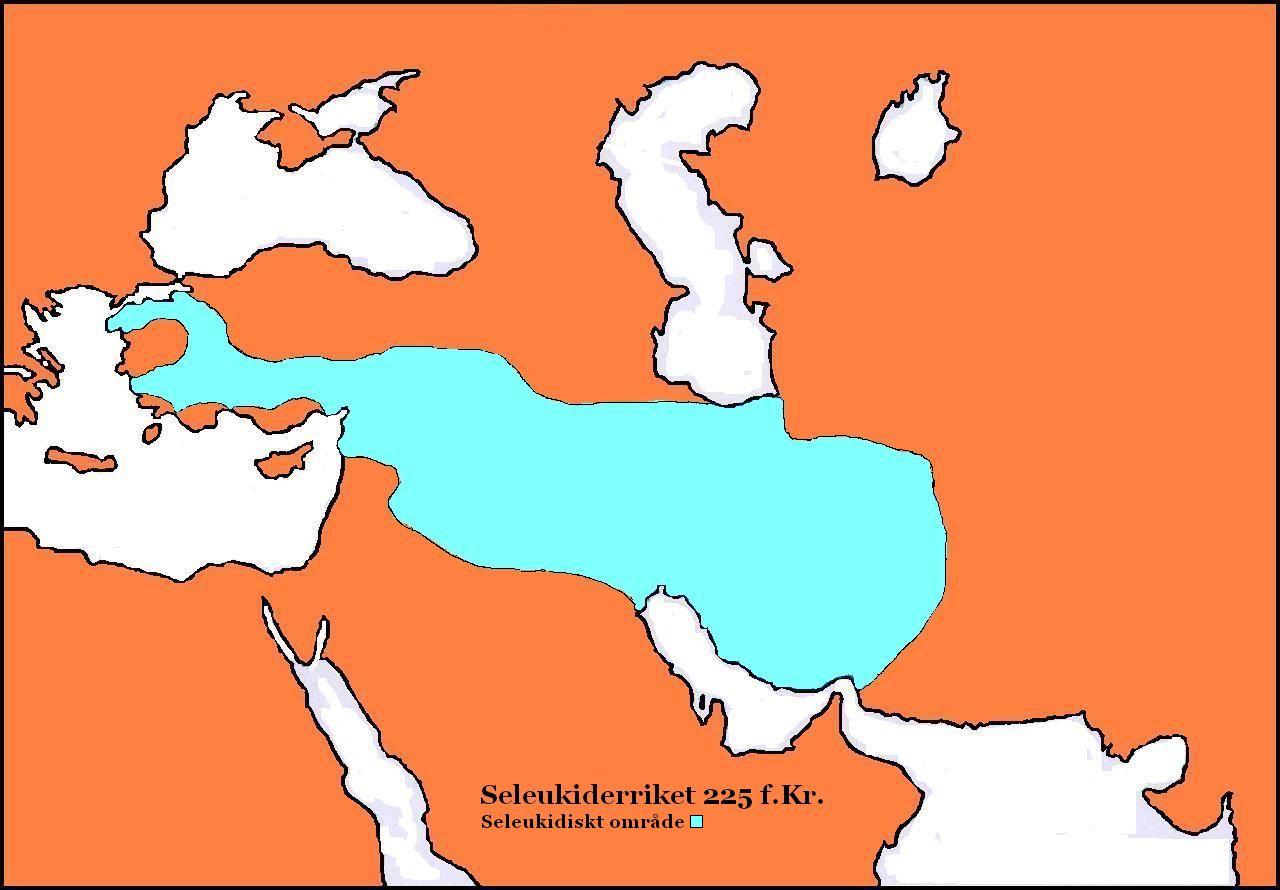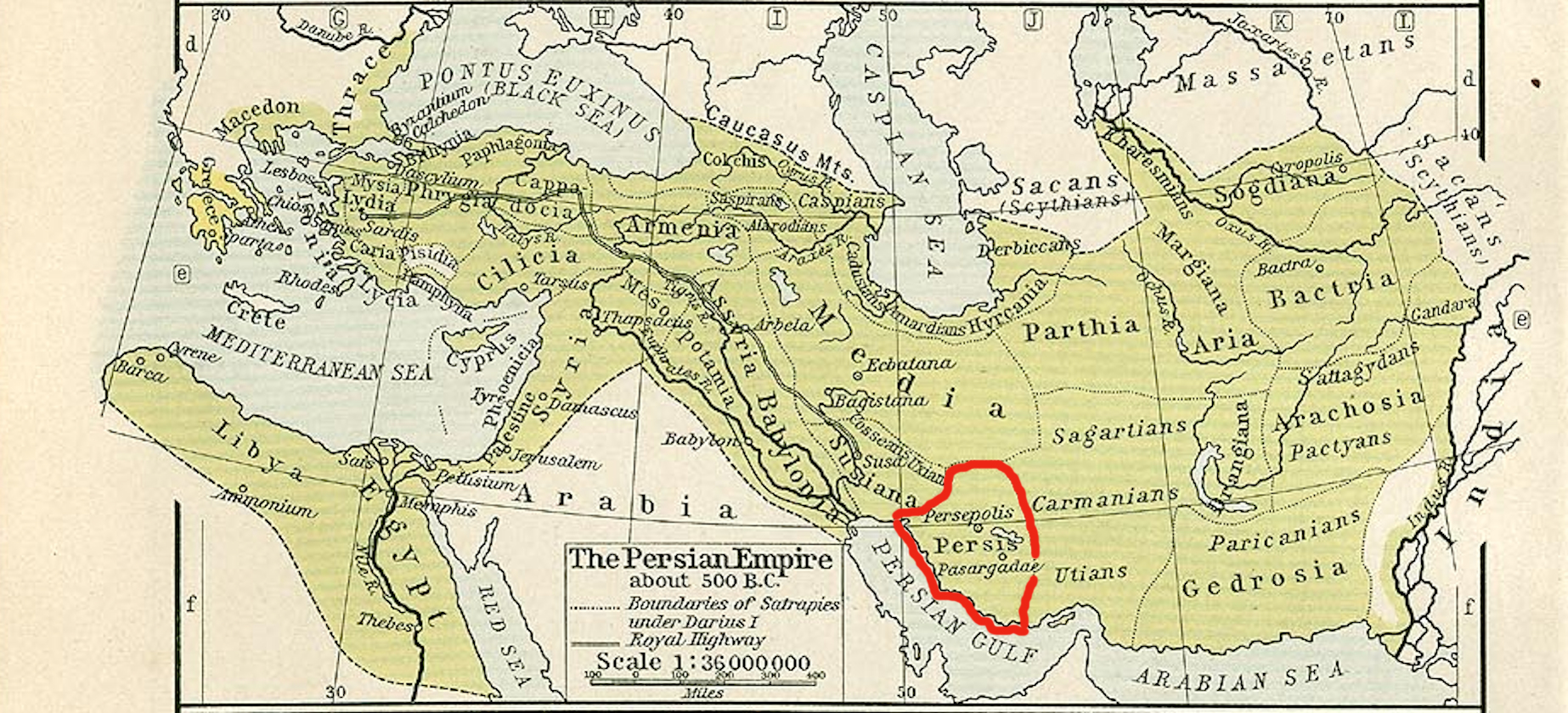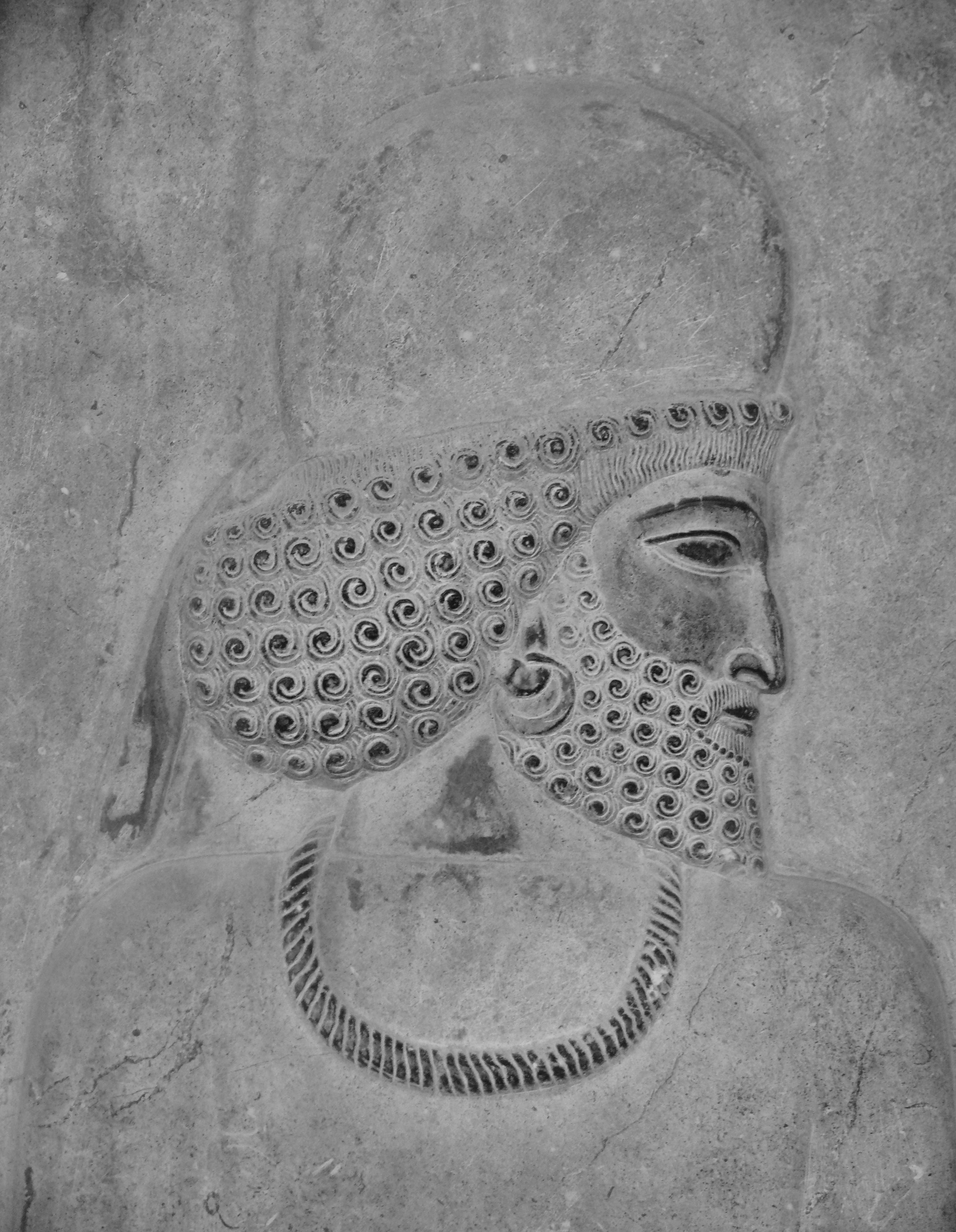|
Xerxes Of Sophene
Xerxes (; ) was king of Sophene and Commagene from 228 BC to 212 BC. He was the son and successor of Arsames I. Name ''Xérxēs'' () is the Greek and Latin (''Xerxes'', ''Xerses'') transliteration of the Old Iranian ''Xšaya-ṛšā'' ("ruling over heroes"), a popular name amongst the rulers of the Persian Achaemenid Empire. Reign Xerxes belonged to the Orontid dynasty of Iranian and Armenian; ; ; origin. His father was Arsames I, who ruled Sophene, Commagene and possibly Armenia. Xerxes succeeded his father as the ruler of Sophene and Commagene in 228 BC, while his brother Orontes IV ruled Armenia. In 223 BC, several Seleucid satraps rebelled against King Antiochus III, including Artabazanes ( Upper Media), Molon ( Lower Media), Alexander (Persis), and Achaeus (Asia Minor). By 220 BC Antiochus had put down most of the rebellions; however, Achaeus was not defeated until 213 BC. These rebellions help explain Antiochus' subsequent aggressive policy toward his satrap Xe ... [...More Info...] [...Related Items...] OR: [Wikipedia] [Google] [Baidu] |
Kingdom Of Sophene
The Kingdom of Sophene (, ), was a Hellenistic-era political entity situated between ancient Armenia and Syria. Ruled by the Orontid dynasty, the kingdom was culturally mixed with Greek, Armenian, Iranian, Syrian, Anatolian and Roman influences. Founded around the 3rd century BCE, the kingdom maintained independence until when the Artaxiad king Tigranes the Great conquered the territories as part of his empire. Sophene laid near medieval Kharput, which is present day Elazığ. Name The name Sophene is thought to derive from the ethnonym ''Ṣuppani'', a people who lived in the region in the first half of the 1st millennium BCE and appear in Hittite and Assyrian sources. According to historian Nicholas Adontz, the Ancient Greek was coined after the Armenian , which stems directly from ''Ṣuppani''. History The Kingdom of Sophene was ruled by the Orontids, a dynasty of Iranian origin. They were descended from Orontes I, a Bactrian nobleman who was the son-in-law o ... [...More Info...] [...Related Items...] OR: [Wikipedia] [Google] [Baidu] |
Antiochus III The Great
Antiochus III the Great (; , ; 3 July 187 BC) was the sixth ruler of the Seleucid Empire, reigning from 223 to 187 BC. He ruled over the region of Syria and large parts of the rest of West Asia towards the end of the 3rd century BC. Rising to the throne at the age of eighteen in April/June 223 BC, his early campaigns against the Ptolemaic Kingdom were unsuccessful, but in the following years Antiochus gained several military victories and substantially expanded the empire's territory. His traditional designation, ''the Great'', reflects an epithet he assumed. He also assumed the title ''Basileus Megas'' (Greek for ' Great King'), the traditional title of the Persian kings. A militarily active ruler, Antiochus restored much of the territory of the Seleucid Empire, before suffering a serious setback, towards the end of his reign, in his war against the Roman Republic. Declaring himself the "champion of Greek freedom against Roman domination", he waged a four-year war against Rome ... [...More Info...] [...Related Items...] OR: [Wikipedia] [Google] [Baidu] |
3rd-century BC Monarchs In Asia
The 3rd century was the period from AD 201 (represented by the Roman numerals CCI) to AD 300 (CCC) in accordance with the Julian calendar. In this century, the Roman Empire saw a Crisis of the Third Century, crisis, starting with the assassination of the Roman Emperor Severus Alexander in 235, plunging the empire into a period of economic troubles, barbarian incursions, political upheavals, civil wars, and the split of the Roman Empire through the Gallic Empire in the west and the Palmyrene Empire in the east, which all together threatened to destroy the Roman Empire in its entirety, but the reconquests of the seceded territories by Emperor Aurelian and the stabilization period under Emperor Diocletian due to the administrative strengthening of the empire caused an end to the crisis by 284. This crisis would also mark the beginning of Late Antiquity. While in North Africa, Roman rule continued with growing Christian influence, particularly in the region of Carthage. In Persia, ... [...More Info...] [...Related Items...] OR: [Wikipedia] [Google] [Baidu] |
Kings Of Sophene
Kings or King's may refer to: *Kings: The sovereign heads of states and/or nations. *One of several works known as the "Book of Kings": **The Books of Kings part of the Bible, divided into two parts **The ''Shahnameh'', an 11th-century epic Persian poem **The Morgan Bible, a French medieval picture Bible **The Pararaton, a 16th-century Javanese history of southeast Asia *The plural of any king Business * Kings Family Restaurants, a chain of restaurants in Pennsylvania and Ohio * Kings Food Markets, a chain supermarket in northern New Jersey * King's Favourites, a brand of cigarettes *King's Variety Store, a chain of stores in the USA *King's (defunct discount store), a defunct chain of discount stores in the USA Education * King's College (other), various colleges * King's School (other), various schools * The King's Academy (other), various academies Electoral districts *King's (New Brunswick federal electoral district) (1867–1903) * Kings (Nova ... [...More Info...] [...Related Items...] OR: [Wikipedia] [Google] [Baidu] |
3rd-century BC Iranian People
The 3rd century was the period from AD 201 (represented by the Roman numerals CCI) to AD 300 (CCC) in accordance with the Julian calendar. In this century, the Roman Empire saw a crisis, starting with the assassination of the Roman Emperor Severus Alexander in 235, plunging the empire into a period of economic troubles, barbarian incursions, political upheavals, civil wars, and the split of the Roman Empire through the Gallic Empire in the west and the Palmyrene Empire in the east, which all together threatened to destroy the Roman Empire in its entirety, but the reconquests of the seceded territories by Emperor Aurelian and the stabilization period under Emperor Diocletian due to the administrative strengthening of the empire caused an end to the crisis by 284. This crisis would also mark the beginning of Late Antiquity. While in North Africa, Roman rule continued with growing Christian influence, particularly in the region of Carthage. In Persia, the Parthian Empire was succ ... [...More Info...] [...Related Items...] OR: [Wikipedia] [Google] [Baidu] |
Nauka (publisher)
Nauka () is a Russian publisher of academic books and journals. Established in the USSR in 1923, it was called the USSR Academy of Sciences Publishing House until 1963. Until 1934 the publisher was based in Saint Petersburg, Leningrad, then moved to Moscow. Its logo depicts an open book with Sputnik 1 above it. Nauka was the largest scientific publishing house in the USSR, as well as in the world at one time (in 1982). It was also notable for being the publisher of the USSR Academy of Sciences and its branches. In 1972 Nauka published 135 scientific journals, including 31 physical and mathematical, 24 chemical, 29 biological and five popular science journals: ''Priroda'' (Nature), ''Zemlya i Vselennaya'' (Earth and the Universe), ''Khimia i zhizn'' (Chemistry and Life), ''Kvant (magazine), Kvant'' (Quantum), and ''Russkaya rech'' (Russian speech). The greater part of Nauka's production were monographs. It also published thematic collected works, reference books, textbooks and fo ... [...More Info...] [...Related Items...] OR: [Wikipedia] [Google] [Baidu] |
Arsamosata
Arsamosata (Middle Persian: *, Old Persian: *, , ) was an ancient and medieval city situated on the bank of the Murat River (called the Arsanias in classical sources), near the present-day city of Elazığ. It was founded in by Arsames I, the Orontid king of Sophene, Commagene and possibly Armenia. The city served as a central center and royal residence of the Orontids of Sophene. The origin of its name is Persian, meaning "Joy of Arsames". Naming cities such as the "joy of" or "happiness of" was an Orontid (and later Artaxiad) practice that recalled the Achaemenid royal discourse. It was left and destroyed in the 1st century BC. In the Middle Ages, it was called Ashmushat. In Roman and Byzantine times, it bore the names Armosota (Ἀρμόσοτα) and Arsamosota (Ἀρσαμόσοτα). It was also known in Byzantine times as Asmosaton. It was called Shimshat in Arabic. A prominent native of Arsamosata was the 10th-century poet Abu'l-Hasan Ali al-Shimshati. Arsamosata h ... [...More Info...] [...Related Items...] OR: [Wikipedia] [Google] [Baidu] |
Asia Minor
Anatolia (), also known as Asia Minor, is a peninsula in West Asia that makes up the majority of the land area of Turkey. It is the westernmost protrusion of Asia and is geographically bounded by the Mediterranean Sea to the south, the Aegean Sea to the west, the Turkish Straits to the northwest, and the Black Sea to the north. The eastern and southeastern limits have been expanded either to the entirety of Asiatic Turkey or to an imprecise line from the Black Sea to the Gulf of Alexandretta. Topographically, the Sea of Marmara connects the Black Sea with the Aegean Sea through the Bosporus and the Dardanelles, and separates Anatolia from Thrace in Southeast Europe. During the Neolithic, Anatolia was an early centre for the development of farming after it originated in the adjacent Fertile Crescent. Beginning around 9,000 years ago, there was a major migration of Anatolian Neolithic Farmers into Neolithic Europe, Europe, with their descendants coming to dominate the continent a ... [...More Info...] [...Related Items...] OR: [Wikipedia] [Google] [Baidu] |
Achaeus (general)
Achaeus (, ''Achaiós''; died 214 BC) was a general and later a separatist ruler of part of the Ancient Greece, Greek Seleucid Empire, Seleucid kingdom. He was the son of Andromachus (son of Achaeus), Andromachus, whose sister Laodice II married Seleucus II Callinicus, the father of Antiochus III the Great. He accompanied Seleucus III Ceraunus, the son of Callinicus, in his expedition across mount Taurus Mountains, Taurus against Attalus I, and after the assassination of Seleucus III Ceraunus revenged his death; and though he might easily have assumed the royal power right then, he remained faithful to Antiochus III, brother of Seleucus III, for the time being, that is until he proclaimed himself king in 220 BC. During a military engagement between Ptolemy III and Seleucus II, the precise circumstances of which are still unknown, his father Andromachus fell captive to Ptolemy III. Andromachus was eventually suggested to be a bargaining chip which would force Achaeus to join forc ... [...More Info...] [...Related Items...] OR: [Wikipedia] [Google] [Baidu] |
Persis
Persis (, ''Persís;'' Old Persian: 𐎱𐎠𐎼𐎿, ''Parsa''), also called Persia proper, is a historic region in southwestern Iran, roughly corresponding with Fars province. The Persian ethnic group are thought to have initially migrated either from Central Asia or, more probably, from the north through the Caucasus. They would then have migrated to the current region of Persis in the early 1st millennium BC. Achaemenid Empire The ancient Persians were present in the region of Persis from about the 10th century BC. They became the rulers of the largest empire the world had yet seen under the Achaemenid dynasty which was established in the late 6th century BC, at its peak stretching from Thrace- Macedonia, Bulgaria- Paeonia and Eastern Europe proper in the west, to the Indus Valley in its far east. The ruins of Persepolis and Pasargadae, two of the four capitals of the Achaemenid Empire, are located in Fars. Macedonian Empire The Achaemenid Empire was defeated by Al ... [...More Info...] [...Related Items...] OR: [Wikipedia] [Google] [Baidu] |
Alexander (satrap)
Alexander (in Greek Αλέξανδρος; died 220 BC) was brother of Molon. On the accession of the Seleucid king Antiochus III, afterwards called the Great, in 223 BC, he entrusted Alexander with the government of the satrapy of Persis and Molon received Media. Up to that time, local rulers of Persis, the Fratarakas seem to have been in charge of the region, between circa 295 and 220 BC. Antiochus was then only fifteen years of age, and this circumstance together with the fact that Hermeias, a crafty intriguer whom every one had to fear, was all-powerful at his court, induced the two brothers to form the plan of causing the upper satrapies of the kingdom to revolt. It seems to have been the secret wish of Hermeias to see the king involved as many difficulties as possible, and it was on his advice that the war against the rebels was entrusted to men without courage and ability. In 220, however, Antiochus himself undertook the command. Molon was deserted by his troops, and to ... [...More Info...] [...Related Items...] OR: [Wikipedia] [Google] [Baidu] |
Lower Media
Media (, Middle Persian: ''Mād'') is an Iron Age region of north-western Iran, best known for having been the political and cultural base of the Medes. During the Achaemenid period, it comprised present-day Iranian Azerbaijan, Iranian Kurdistan and western Tabaristan. As a satrapy under Achaemenid rule, it would eventually encompass a wider region, stretching to southern Dagestan in the north. However, after the wars of Alexander the Great, the northern parts were separated due to the Partition of Babylon and became known as ''Atropatene'', while the remaining region became known as ''Lesser Media''. History Under the Medes In 678 BC, Deioces united the Median tribes of Media and made the first Iranian Empire. His grandson Cyaxares managed to unite all Iranian tribes of Ancient Iran and made his empire a major power. When Cyaxares died he was succeeded by his son, Astyages, who was the last king of the Median Empire. Under the Achaemenids In 553 BC, Cyrus the Great, King ... [...More Info...] [...Related Items...] OR: [Wikipedia] [Google] [Baidu] |






